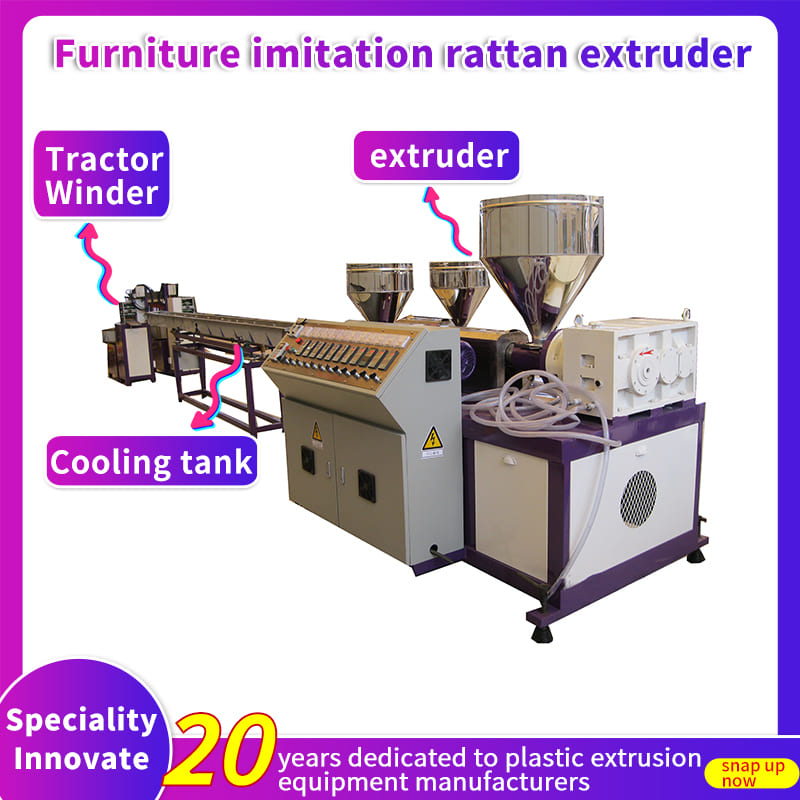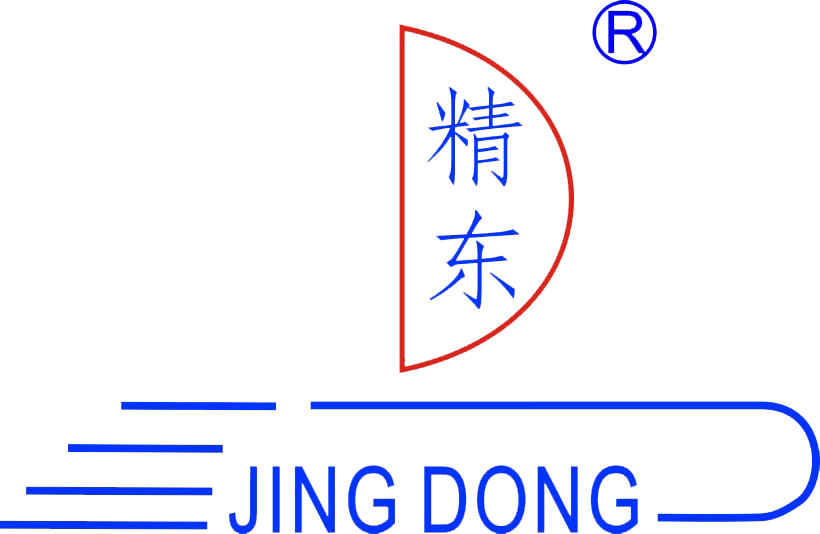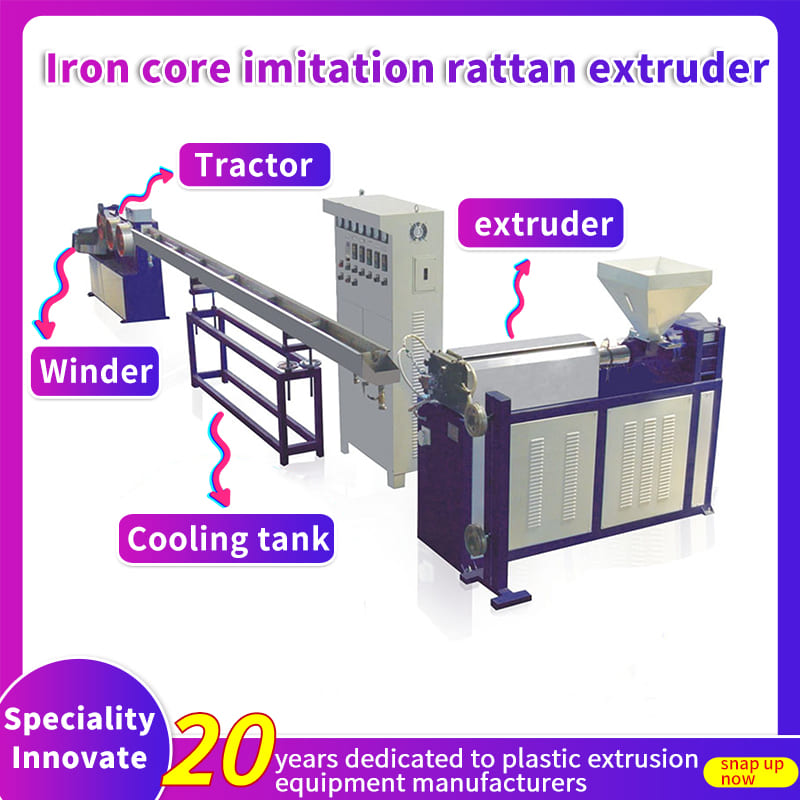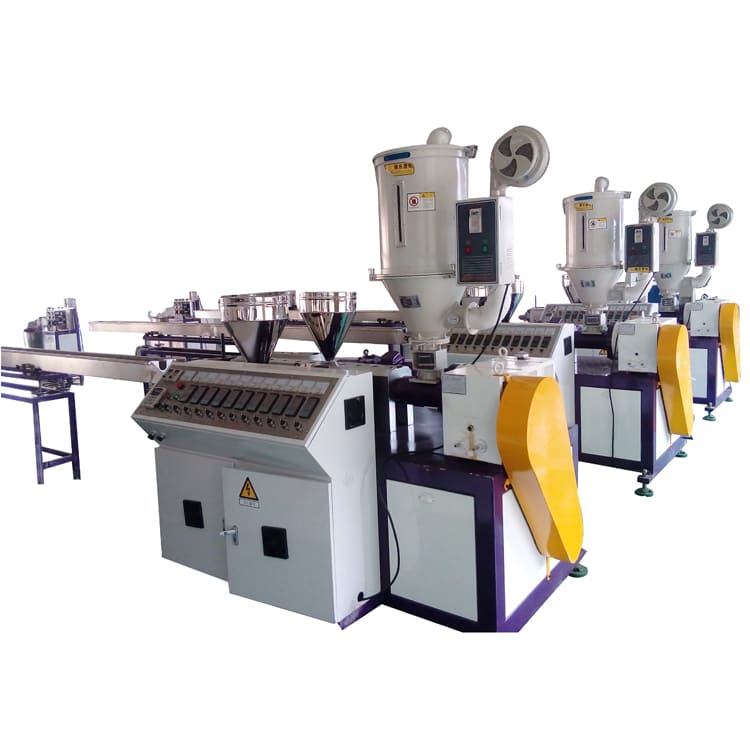
2025 Ultimate Guide to Synthetic Rattan-Making Machines: Features & Benefits
As the demand for eco-friendly, durable, and aesthetically pleasing outdoor furniture increases, synthetic rattan continues to be a top material choice in the global market. Manufacturers looking to meet this demand rely heavily on advanced technology to create high-quality synthetic rattan products. One key piece of equipment for this process is the synthetic rattan-making machine. In this comprehensive guide, we'll explore the essential features and benefits of synthetic rattan-making machines, highlighting why these machines are crucial for manufacturers looking to scale their production in 2025.
What is a Synthetic Rattan-making Machine?
A synthetic rattan-making machine is a specialized industrial machine used to manufacture synthetic rattan fibers. These fibers mimic the natural look and feel of traditional rattan, making them ideal for crafting furniture, garden décor, and various outdoor products. The machine typically extrudes polymer materials, such as HDPE (High-Density Polyethylene), into long strands that are woven or shaped into rattan-like structures.
With an increasing number of businesses seeking sustainable, durable, and visually appealing products, synthetic rattan-making machines play a vital role in driving production efficiency, reducing labor costs, and meeting customer demand for high-quality goods.
Key Features of Synthetic Rattan-Making Machines
1. Advanced Extrusion Technology
The heart of any synthetic rattan-making machine lies in its extrusion system. This system melts and extrudes raw plastic material (typically HDPE) into the desired shape and thickness. The machine can produce continuous strands of synthetic rattan that can be woven or used as raw material for various applications. Advanced extrusion technology ensures that the synthetic rattan strands are uniform, strong, and flexible, which is crucial for durability and ease of handling during the manufacturing process.
2. High Customization Capability
In 2025, synthetic rattan-making machines come with enhanced customization features. These include adjustable settings for extrusion speed, temperature, and strand thickness. Manufacturers can tweak these settings to produce synthetic rattan fibers that meet specific customer requirements, such as color, texture, and flexibility. This customization not only improves production versatility but also allows businesses to target niche markets that demand unique rattan products.
synthetic rattan-making machine supplier
3. Energy-Efficient Operation
Sustainability is a growing concern for manufacturers in all industries, and the plastic manufacturing sector is no exception. The latest synthetic rattan-making machines are designed to be energy-efficient, helping businesses reduce their carbon footprint while lowering operational costs. These machines often come equipped with energy-saving features such as high-efficiency motors, optimized heating systems, and heat recovery mechanisms that recycle excess energy.
4. Automated Production Process
Automation is a key benefit for businesses aiming to scale their production quickly and efficiently. Modern synthetic rattan-making machines feature automated processes that reduce the need for manual labor, improve precision, and streamline production lines. From the mixing and extrusion phases to cooling and winding, automated control systems help manufacturers maintain consistent quality and throughput.
5. Durable and Corrosion-Resistant Construction
Given that synthetic rattan is primarily used for outdoor furniture and other exposed applications, the machinery used to create it must be able to withstand harsh environments. High-quality synthetic rattan-making machines are built with durable materials that resist corrosion, ensuring longevity and minimal maintenance. Whether used in humid conditions or exposed to sunlight, these machines maintain their performance and reliability over time.
6. Integrated Cooling Systems
The cooling system is another essential feature of synthetic rattan-making machines. As the extruded polymer strands exit the machine, they need to be cooled quickly to maintain their shape and structural integrity. Modern cooling systems, which often feature water or air-cooled processes, help the strands solidify at the right temperature, preventing defects and maintaining consistent product quality.
Furniture Rattan Extrusion Machine
Benefits of Using Synthetic Rattan-Making Machines
1. Improved Production Efficiency
With faster processing speeds, automation, and minimal downtime, synthetic rattan-making machines greatly improve overall production efficiency. Manufacturers can produce large volumes of synthetic rattan with consistent quality and fewer interruptions. This allows businesses to meet high demand without sacrificing quality.
2. Cost Savings
Investing in a high-quality synthetic rattan-making machine can help manufacturers save money in the long term. Automation and advanced technology reduce labor costs, while energy-efficient features lower utility expenses. Additionally, the precise extrusion process ensures minimal material waste, further reducing production costs.
3. Customization for Market Demands
The flexibility and adaptability of modern synthetic rattan-making machines enable manufacturers to meet the specific needs of their clients. Whether producing different colors, textures, or varying sizes of synthetic rattan strands, these machines allow businesses to tailor their products to niche markets or customer specifications. This is particularly beneficial for companies looking to differentiate themselves in a competitive industry.
4. Sustainability and Eco-Friendliness
As more consumers and businesses turn toward sustainable materials, synthetic rattan provides an excellent alternative to traditional rattan. Synthetic rattan-making machines support sustainability by using recycled plastics, reducing waste, and offering a longer-lasting, low-maintenance product. Manufacturers who invest in eco-friendly production processes can market themselves as environmentally responsible, appealing to eco-conscious customers.
5. Versatile Applications
Synthetic rattan is used in a wide range of products beyond outdoor furniture, including garden accessories, lighting fixtures, and even automotive interiors. Synthetic rattan-making machines can cater to these diverse applications by producing rattan fibers suitable for various industries. This versatility provides manufacturers with opportunities to expand their product lines and enter new markets.
Conclusion: Why Invest in a Synthetic Rattan-Making Machine?
For businesses looking to stay competitive in the growing market for synthetic rattan products, investing in a high-quality synthetic rattan-making machine is crucial. These machines offer numerous advantages, including improved efficiency, customization options, cost savings, and sustainable production methods. By using cutting-edge technology, manufacturers can meet the increasing demand for synthetic rattan products while maintaining high standards of quality and consistency.
As the industry continues to evolve into 2025, synthetic rattan-making machines will remain an indispensable part of production lines, helping companies meet customer expectations and scale operations. By leveraging these machines' capabilities, businesses can stay ahead of the curve, increase profitability, and position themselves as leaders in the synthetic rattan market.







